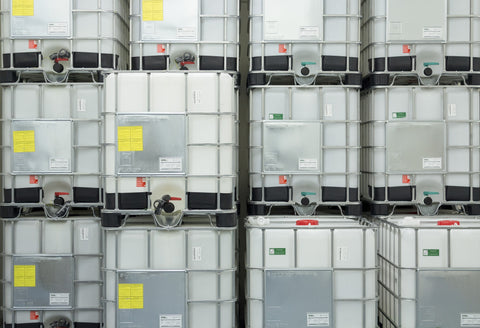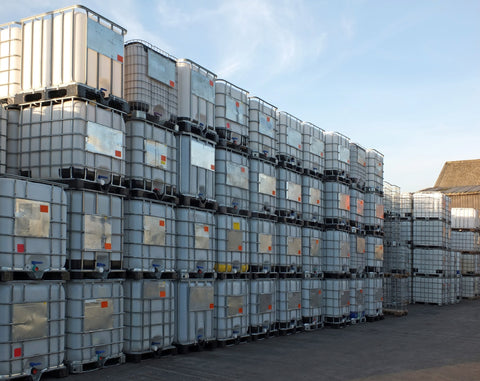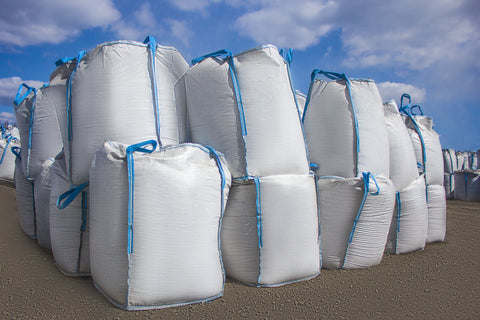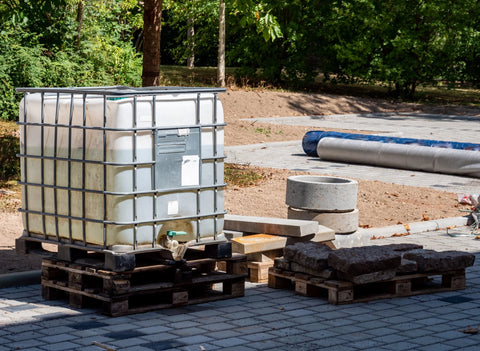Understanding the Vital Role of Temperature in Sealcoating
Sealcoating is an essential aspect of asphalt maintenance, helping to extend the lifespan of paved surfaces and protect them from the harsh elements. However, one often overlooked factor that plays a crucial role in the effectiveness of seal coating (AKA sealcoating) is temperature. In this guide, we will explore the significance of sealcoating temperature and how it impacts the longevity and durability of your asphalt. There are many factors that feature in applying asphalt sealcoating in cold weather, from pavement and ambient temperatures to weather conditions which we will address in order to help you have a successful drying and curing process.
The Impact of Temperature on Sealcoating
The Basics of Sealcoating
Before delving into the role of temperature, it's essential to understand what seal coating entails. Sealcoating is a protective layer applied to asphalt, such as driveways, parking lots, and commercial areas. This process helps seal small cracks and provides a barrier against moisture, chemicals, and UV rays. Proper seal coating is essential for maintaining the integrity of your pavement.
Seal coating can be known by many names including asphalt sealer, pavement sealer, driveway sealer, and asphalt sealcoating. But the general product and process are the same wether you are sealing the asphalt for a driveway, home or commercial building, roadway, or parking lot.

Why Temperature Matters
Temperature is a critical factor in the success of any seal coating project. Temperature affects the entire process, from the application to the curing phase. In cold weather, the seal coat may not spread evenly, leading to issues like streaks and an uneven finished layer. On the other hand, unseasonably warm weather can cause the sealant to dry too quickly, preventing it from adhering properly to the asphalt surface.
Ideal Temperature Range for Sealcoating
Too Cold: Risks and Consequences
Attempting to apply a seal coat in cold weather can have detrimental consequences. The low temperatures can hinder the proper flow and adhesion of the sealant, resulting in a compromised coating. Cracks and gaps may remain exposed, leaving your asphalt vulnerable to water, chemicals, and automobile fluids damage.
Cold weather and colder temperatures can come unexpectedly and can often affect the completion date for a project. Companies typically wait for warm dry weather in order to have the most successful curing process but there are other options on the market that allow you to start asphalt sealcoating without the perfect weather forecast.
Too Hot: Risks and Consequences
Conversely, extremely high temperatures can pose challenges during the seal coating process. When you experience unseasonably warm weather, the sealant may dry and cure too quickly. Rapid drying can lead to surface imperfections and a less durable protective layer. Your asphalt driveway, parking lot, or pavement may not receive the full benefits of seal coating under these conditions.
The Goldilocks Zone: Optimal Temperature
To ensure the best results, it's crucial to work within the optimal range of temperatures for seal coating. This range typically falls between 50 and 85 degrees Fahrenheit. When the product can be kept in the right range, the sealant flows smoothly, adheres well to the pavement surface, and has ample time to cure properly. The benefits of applying a seal coat in these optimal weather conditions include improved longevity and protection for your paved surfaces.
How to Monitor and Control Temperature
Equipment and Tools
To achieve the right temperature during the seal coating process, you need the appropriate tools and equipment. Sealcoating contractors rely on infrared thermometers and other devices to monitor both the ambient temperatures and the temperature of the pavement surface. Accurate measurements are essential for ensuring the sealant is applied within the recommended range.
In order to extend your sealcoating season you can also implement the use of a heating jacket for your tote of sealant as it can bring your product up to the proper temperature that allows for the most successful curing process even if you aren't working in the best weather.
Best Practices for Temperature Control
In addition to using the right equipment, there are best practices for controlling temperature during seal coating. This includes scheduling your project during periods when the weather permits within the optimal range of temperatures. Planning ahead and considering the weather forecast can help you choose the best time for your seal coating project. And ensuring that you have products on hand that can heat your sealcoat material to the proper temperature as well as products such as curing blankets that can also increase surface temperatures.

Seal the Deal: Protecting Your Pavement with Temperature-Aware Sealcoating
In conclusion, understanding how temperature can affect seal coating is a critical factor that can make or break the success of your asphalt maintenance project. Whether you're working on an asphalt driveway, parking lot, or commercial building surface, paying attention to temperature conditions is essential. By following best practices and applying seal coat within the recommended range, you can ensure that your asphalt receives the protection they need to withstand the elements and automotive traffic.
Remember, the pavement is exposed to various challenges, from power steering marks to UV rays, and the whole point of seal coating is to provide a strong and durable protective coating. By adhering to the right temperature guidelines and taking into account the weather conditions, you can achieve the best results and extend the life of your asphalt surfaces.







